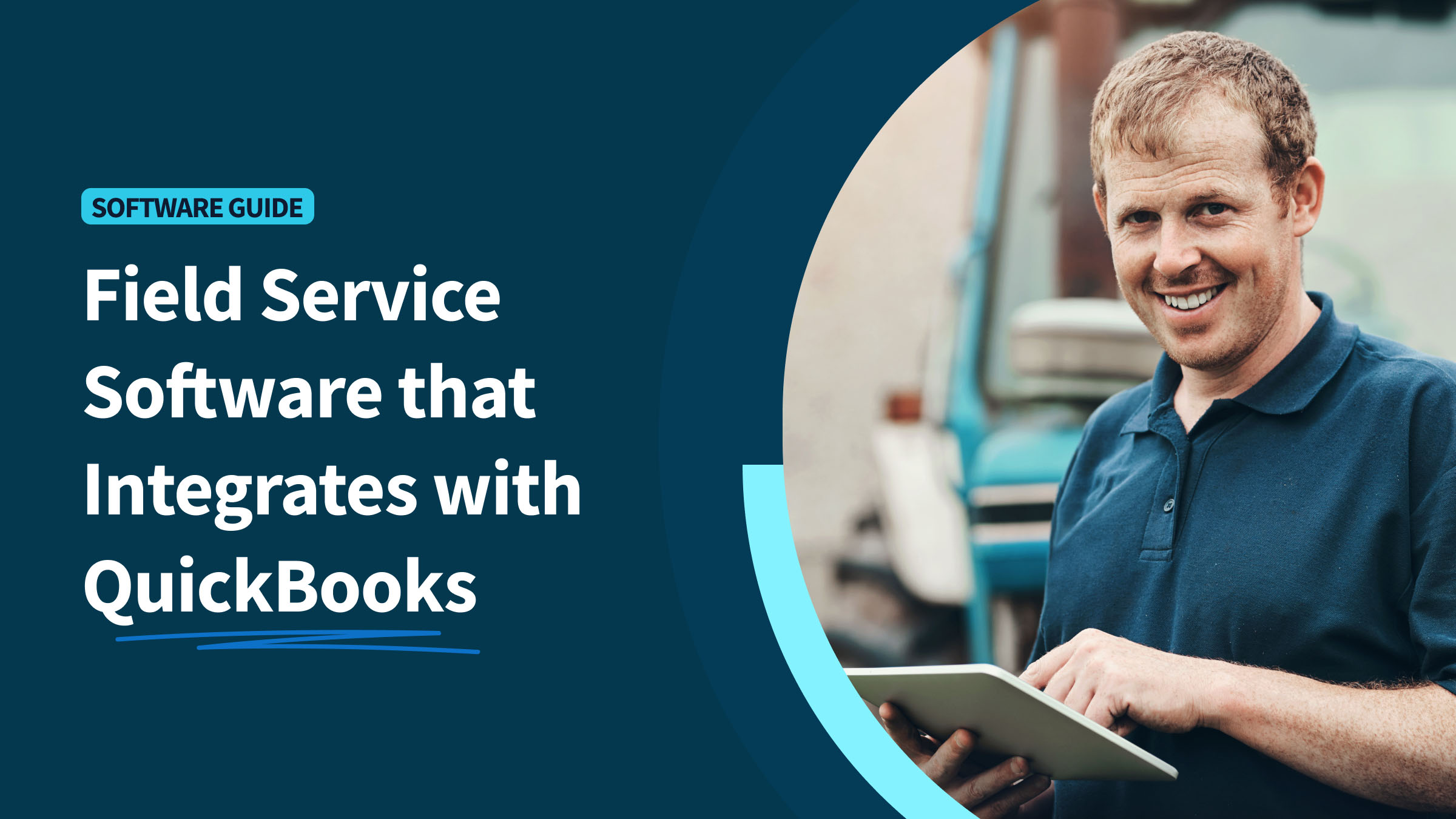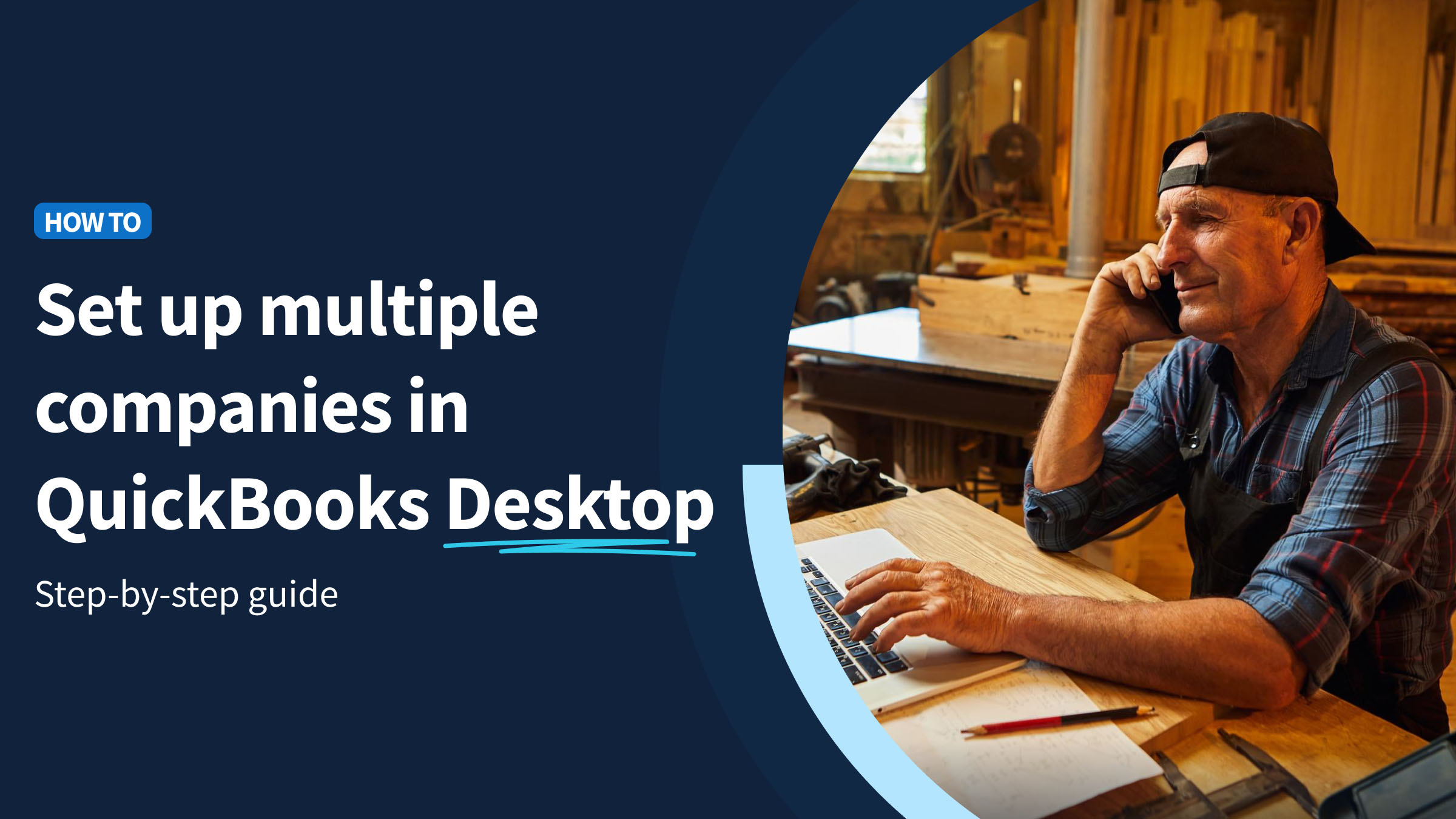Are you juggling numerous invoices and an over-complicated billing process? Or maybe you’ve been struggling to keep track of due dates?
When it comes to business, efficiency is key. That’s where learning how to set up recurring payments in QuickBooks Online comes in as a game-changer.
Whether you want to simplify your expenses or ensure timely payments to your vendors, this blog is your guide.
Let’s uncover how to set up automatic payments in QuickBooks Online and learn why it’s important for your financial management.
What are recurring payments?
Before mastering how to set up recurring payments in QuickBooks Online, it’s important to define what it is.
A recurring payment is a transaction that is repeated at regular intervals. This is especially useful if you have regular, consistent expenses or incomes.
Can you set up recurring payments in QuickBooks Online?
QuickBooks makes it possible to schedule regular, automatic payments. Here’s how to set up recurring payments in QuickBooks Online:
- Navigate to the “Pay Bills” section.
- From the dropdown menu, select the vendor you want to make recurring payments to.
- Choose the frequency of payments — it could be weekly, monthly, quarterly, etc.
- Enter the payment details, such as the scheduled amount and your account information.
- Save the settings to automate payments according to the specified schedule.
And that’s it! Those are all the steps outlining how to set up automatic payments in QuickBooks Online.
Benefits of setting up recurring payments
Whether the type of transaction is partial or full, setting up recurring payments brings several advantages to your business. Here are some key benefits of learning how to set up recurring payments in QuickBooks Online:
Saves time
Automating payments eliminates the need to manually process each transaction. This is beneficial for regular expenses like:
- Utility bills.
- Rent.
- Subscriptions.
By setting future payments up just once, you save a lot of time that your accounting professionals would otherwise spend on repetitive tasks.
Never miss a deadline
Recurring payments ensure that you make your payments on time. As a result, you avoid late fees and maintain good relationships with vendors and service providers.
Better cash flow
Knowing exactly when money is debited from your account helps with financial planning and budget management. With a clear picture of your cash flow, it’s easier to manage finances effectively.
Reduces errors
Manual payments are prone to errors, such as entering incorrect amounts or missing deadlines. When you automate payments, you reduce these risks and boost the accuracy of your transactions.
Convenience
Once set up, recurring payments run in the background without any need for regular intervention. This adds convenience, especially if you have a busy schedule or a large number of transactions.
Enhances security
Digital payment methods and systems have powerful security measures in place. This means that you have more secure payments than if you were to use manual methods. As a result, you reduce fraud risks and unauthorized transactions.
Better record keeping
Most systems that support recurring payments also keep a detailed transaction history. This helps you:
- Track expenses.
- Simplify accounting processes.
- Prepare for tax season.
Peace of mind
One of the most underrated benefits of learning how to set up recurring payments in QuickBooks Online is the peace of mind that comes with knowing your bills and payments are being handled automatically and accurately.
Your options for recurring payments in QuickBooks Online
Let’s take a look at your payment options for recurring payments.
Method — The best lead-to-cash automation tool for QuickBooks users
Method is a powerful tool for QuickBooks users, especially if you’re looking to automate your lead-to-cash workflows. It bridges the gap between your customer relationship management and financial transactions.
With its powerful QuickBooks integration and advanced features, you can automatically generate, send, and track invoices. With a Method invoice template, for example, you reduce manual data entry and the potential for errors.
The platform syncs in real time with QuickBooks so that your financial data is always up to date. This integration means less time spent on data reconciliation and more time growing your business.
Method lets you set up and manage recurring payments seamlessly, which is crucial if you have regular billing cycles.
Beyond handling payments, Method offers robust CRM capabilities with additional features. You can track customer interactions, manage leads, and convert them into loyal customers – all within the same platform.
Autopay
Autopay in QuickBooks Online is a direct, integrated feature for managing recurring payments. With smart features, it lets you set recurring vendor payment options and receive customer payments easier.
It automates your payment process to ensure timely transactions and reduce your manual workload.
Here’s a step-by-step guide for how to set up automatic payments in QuickBooks Online using Autopay:
For paying vendors
- Navigate to the “Vendors” section in QuickBooks Online.
- Select the correct vendor and choose the option to set up Autopay for your automatic payments.
- Specify the payment info, including the amount, frequency interval, and start date.
- Confirm using the Autopay checkbox to automatically schedule payments.
You’ll receive a confirmation email for each successful payment.
For receiving payments from customers
- Go to the “Sales” or “Invoices” section.
- From the drop-down menu, choose the customer and set up a recurring invoice.
- Enable the Autopay option on the invoice.
- Define the payment details and frequency.
- Save and activate the recurring payment schedule.
Can customers set up Autopay?
Yes, customers can set up Autopay to make recurring payments for invoices you send them. Here’s how:
- Set up a recurring invoice in QuickBooks Online for the customer.
- Select the option for Autopay when creating the invoice.
- The customer will need to authorize Autopay, typically by adding their payment details.
- Once set up, the invoice amount will automatically get deducted from the customer’s account based on the specified schedule.
Can recurring payments be canceled?
Yes, you can cancel recurring payments. This gives you crucial flexibility and control over your financial commitments. Here’s a simple guide on how to cancel a recurring payment:
- Log in to your QuickBooks Online account.
- Navigate to the gear icon in the top-right corner. Under “Lists,” select “Recurring Transactions.”
- In the “Recurring Transactions” list, find the payment you want to cancel. You can use the search field if you have many transactions.
- Click on the recurring payment to open it. Here, you’ll see an option to “Edit.”
- Within the editing options, find and select “Cancel” or “Delete.” This stops the recurring payment.
- A prompt status field will appear asking you to confirm the cancellation. Click “Yes” to confirm.
Wrap-up: How to handle recurring payments on QuickBooks Online
Learning how to set up recurring payments in QuickBooks Online is the best way to efficient financial management. Embracing this tool simplifies your payment processes and strengthens the financial backbone of your business.
The key to success lies in sticking to best practices like updating vendor information consistently and regularly reviewing payment schedules.
Integrating tools like Method enhances this process. Method shows you how to set up automatic payments in QuickBooks Online easier while it also provides a centralized place to manage customer relationships and financial data.
With these strategies and tools, you’ll transform the way you manage finances. As a result, you ensure efficiency, accuracy, and peace of mind in your business operations.
Save hard costs and real time. Start your free trial with Method.
Image credit: wichayada via Adobe Stock






